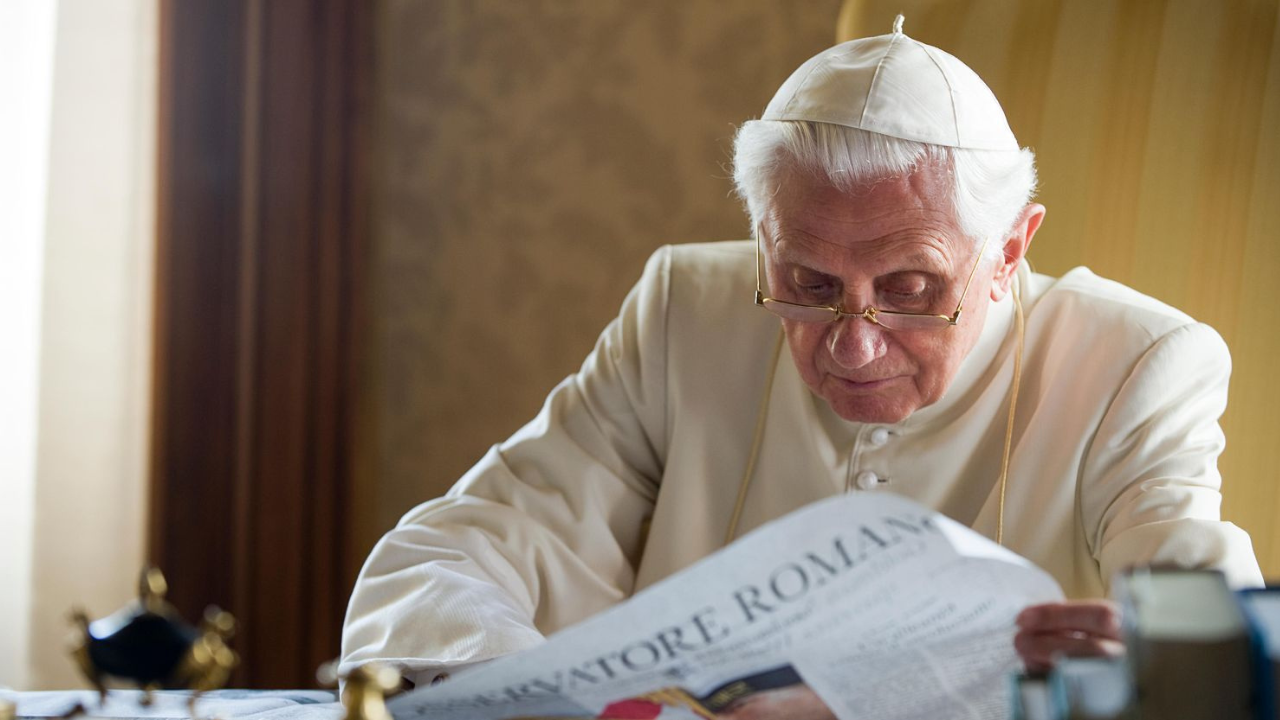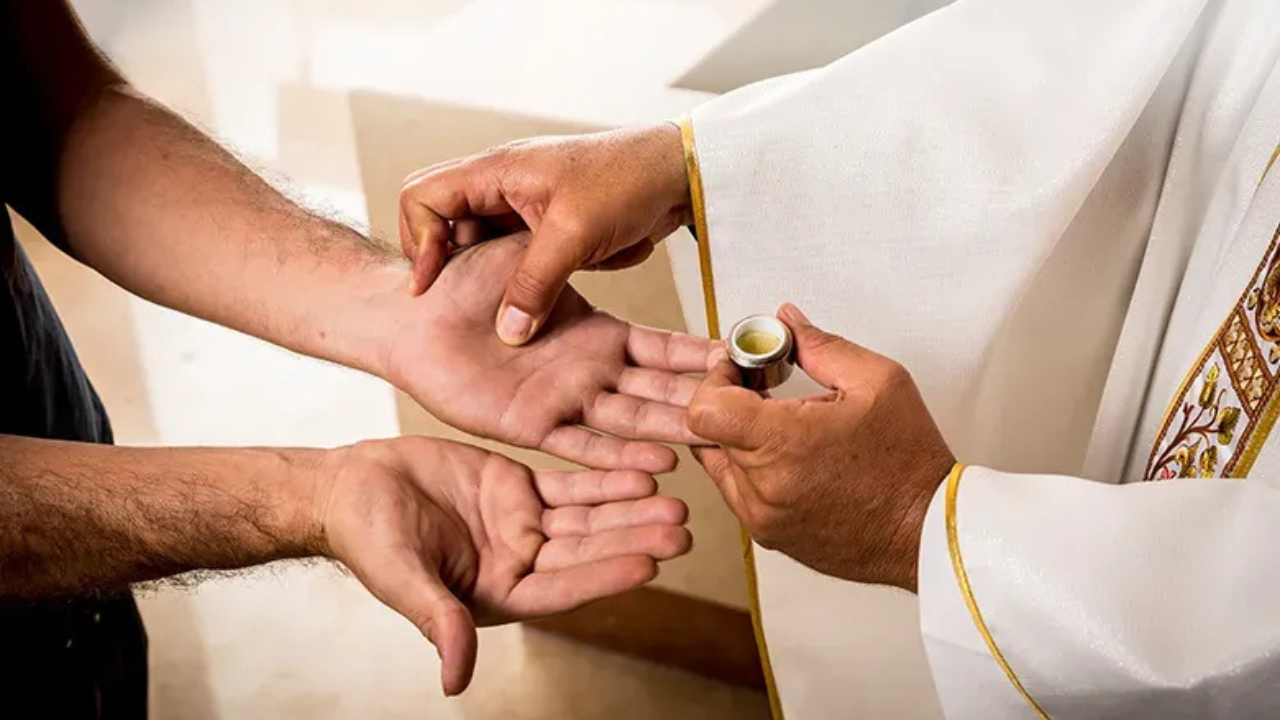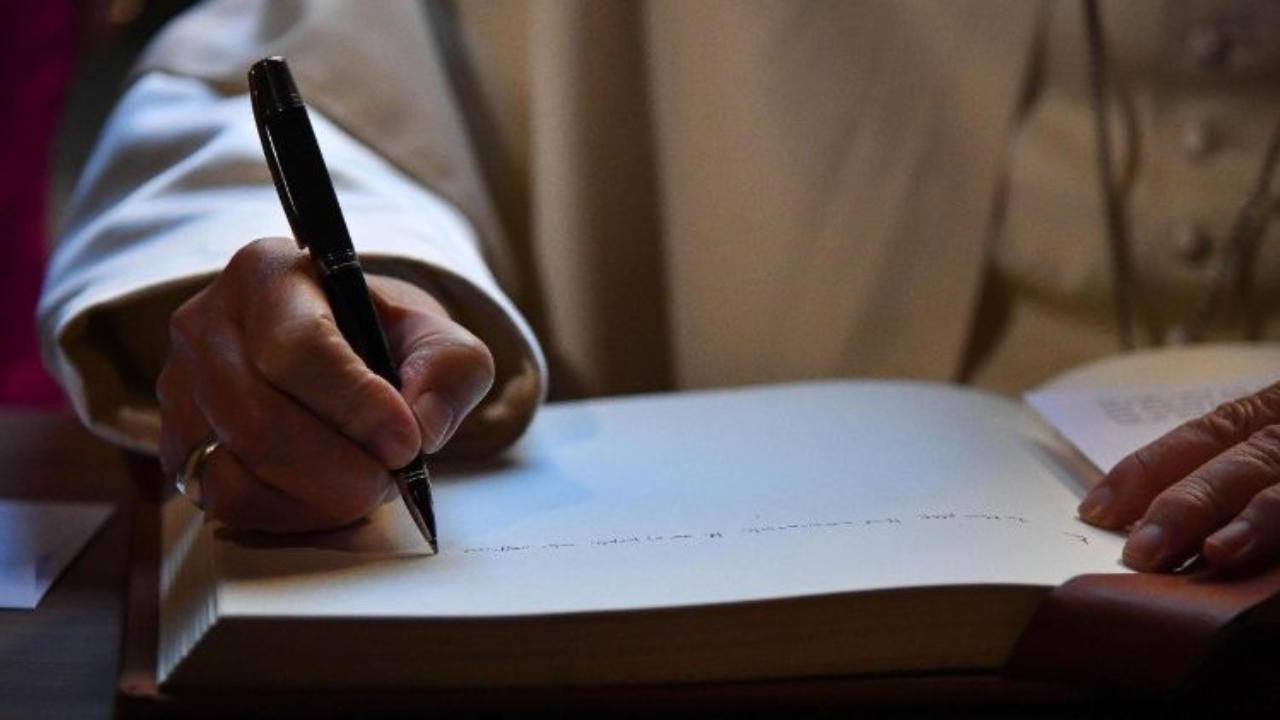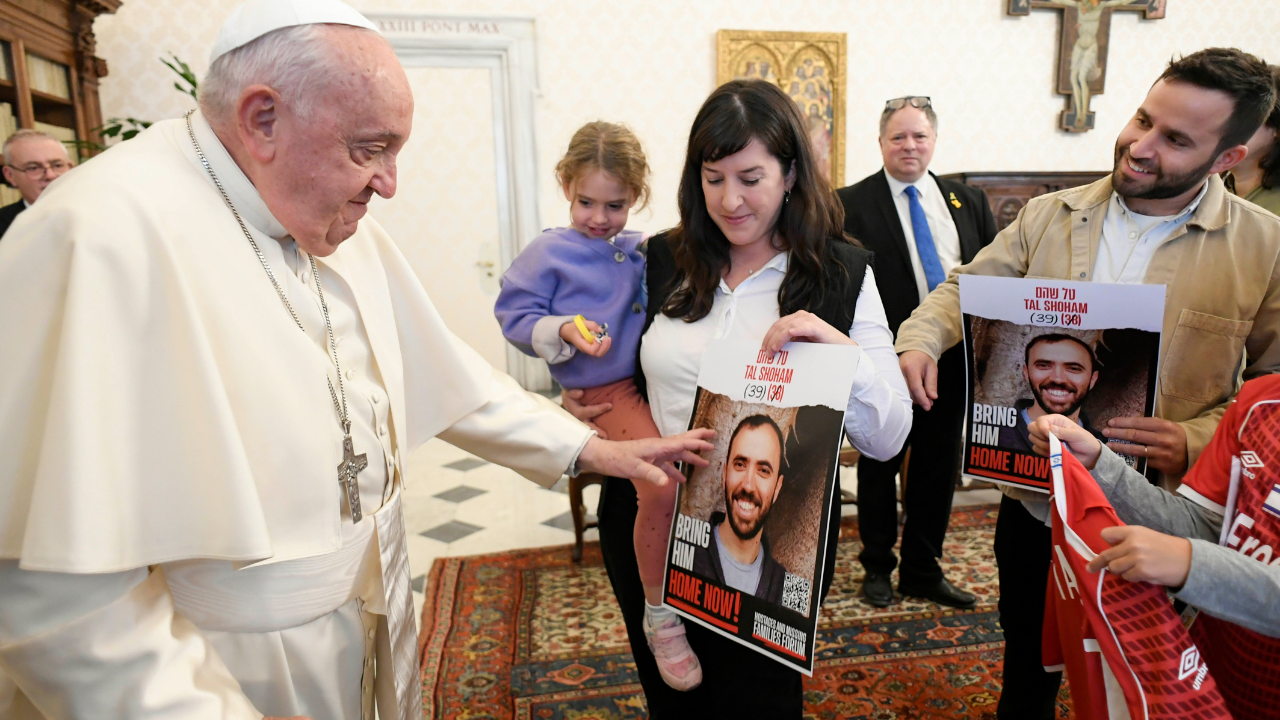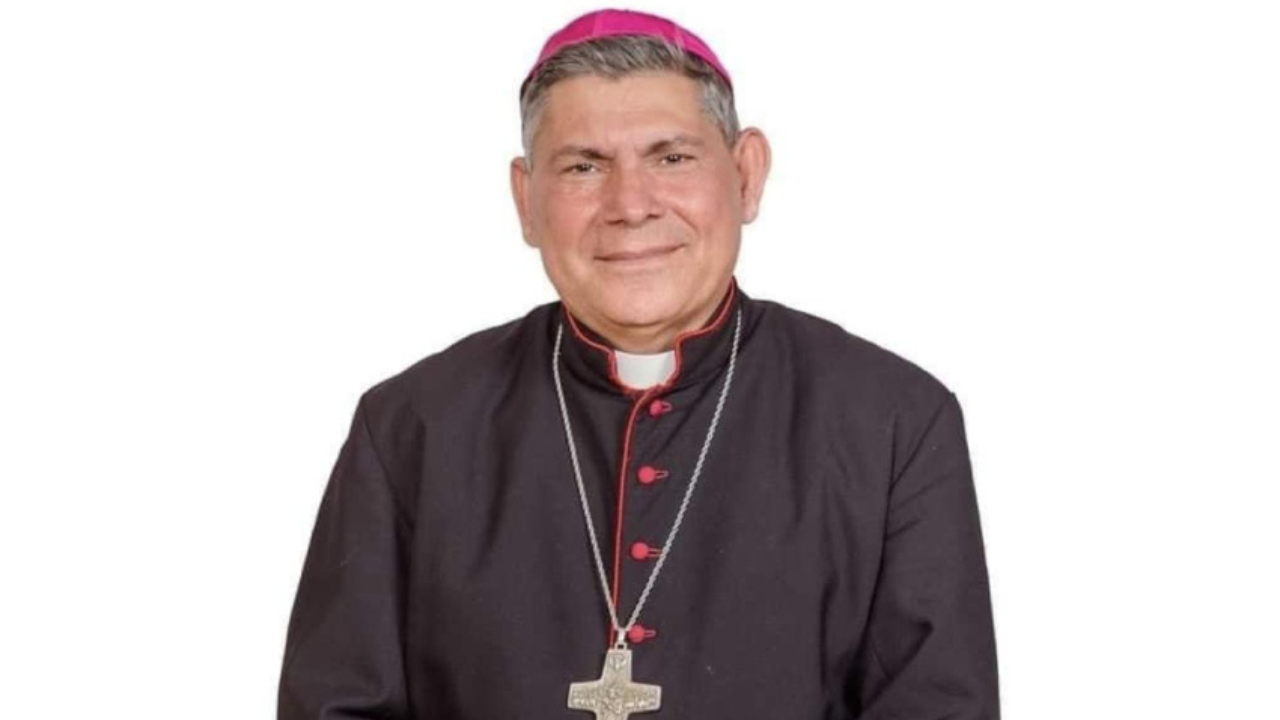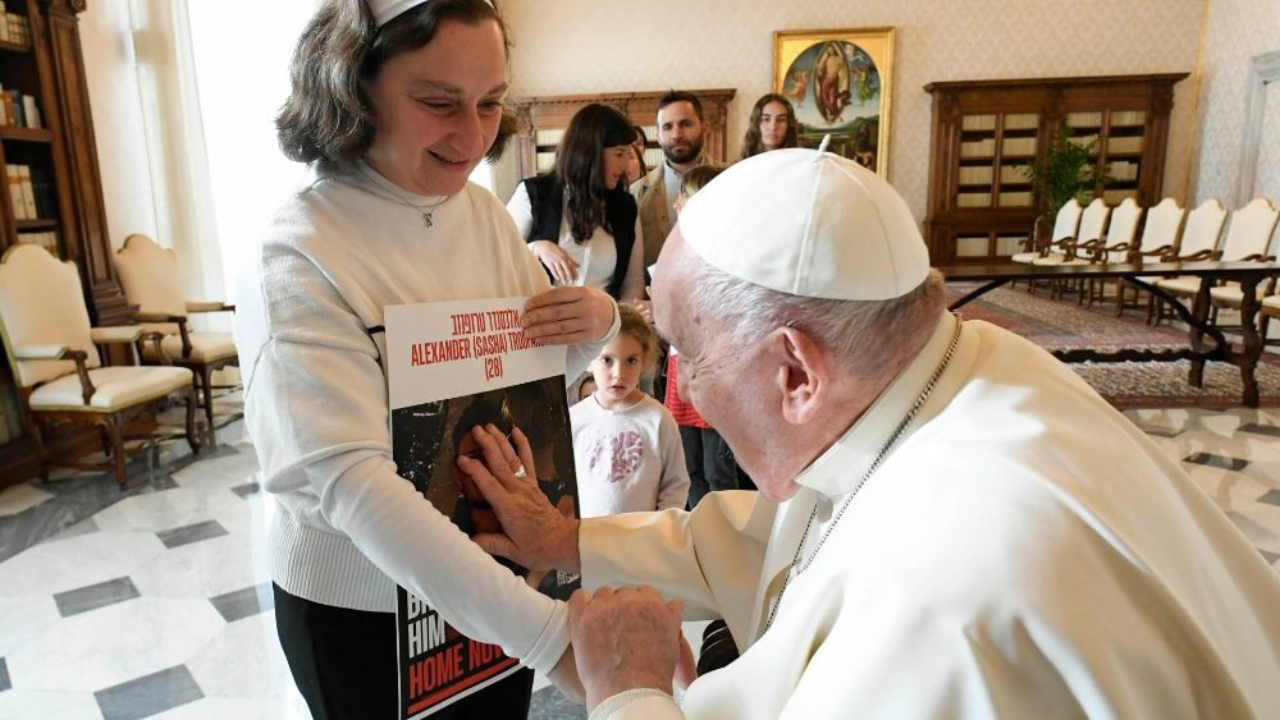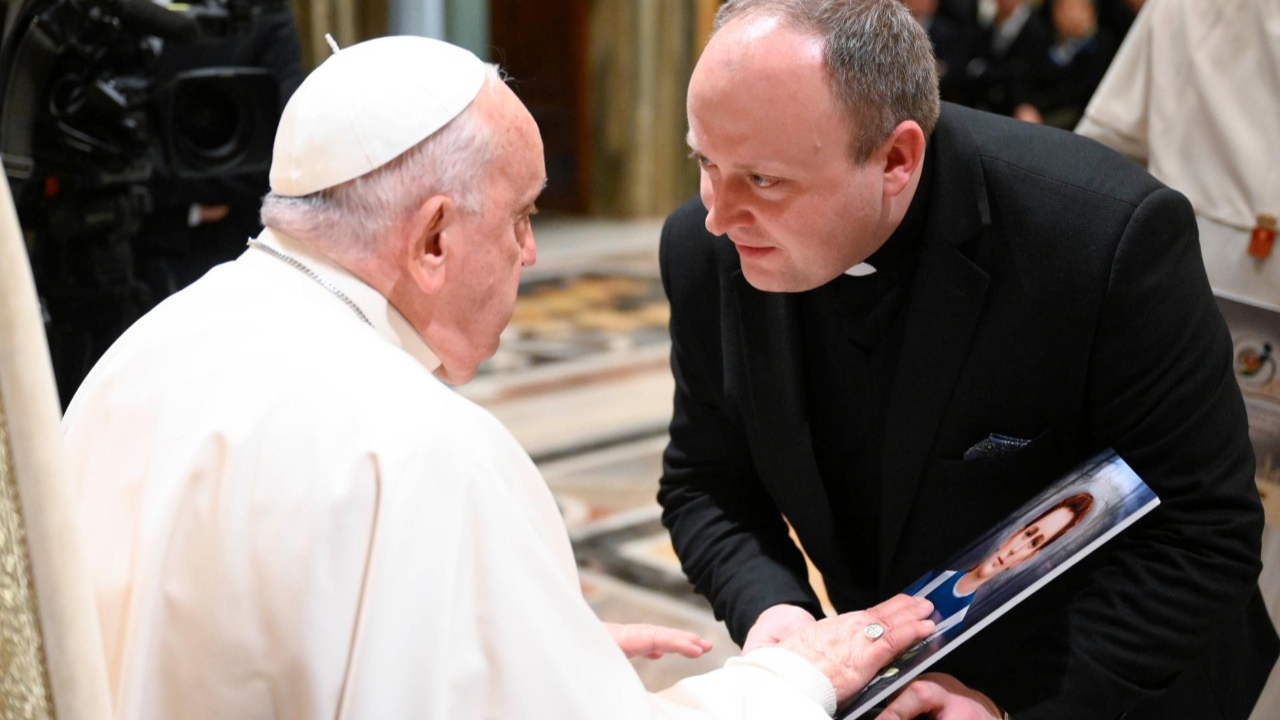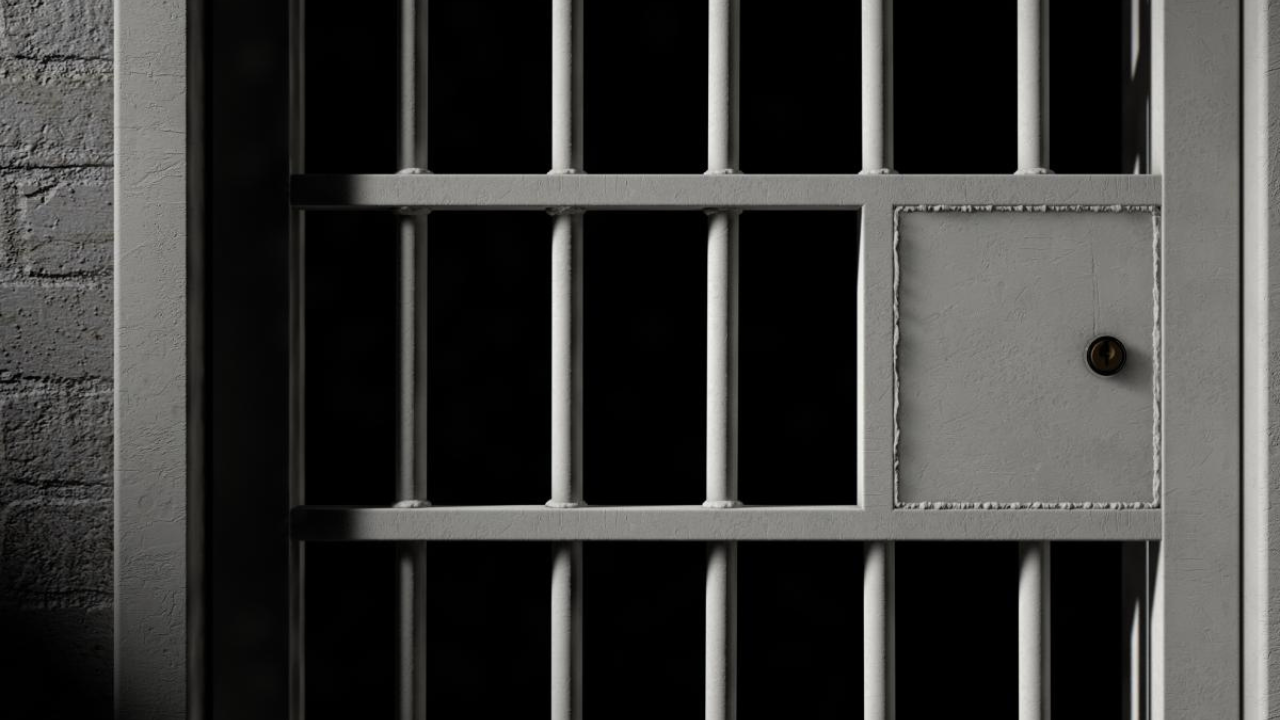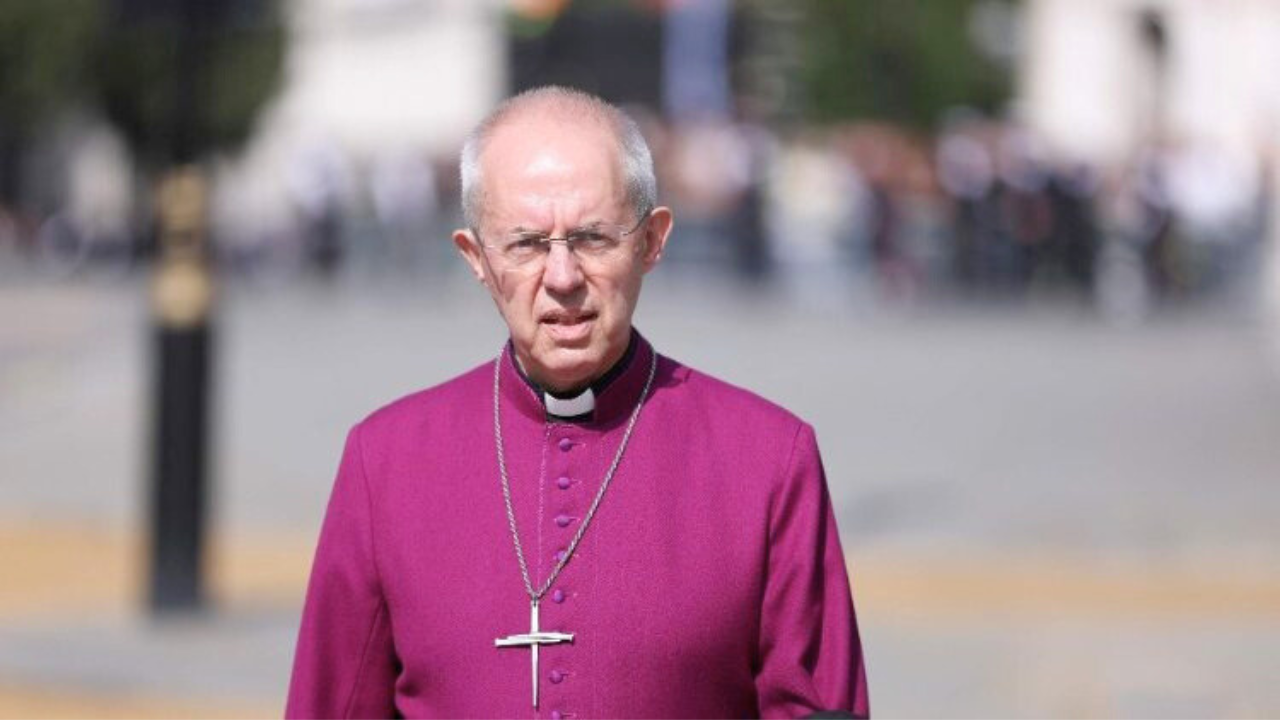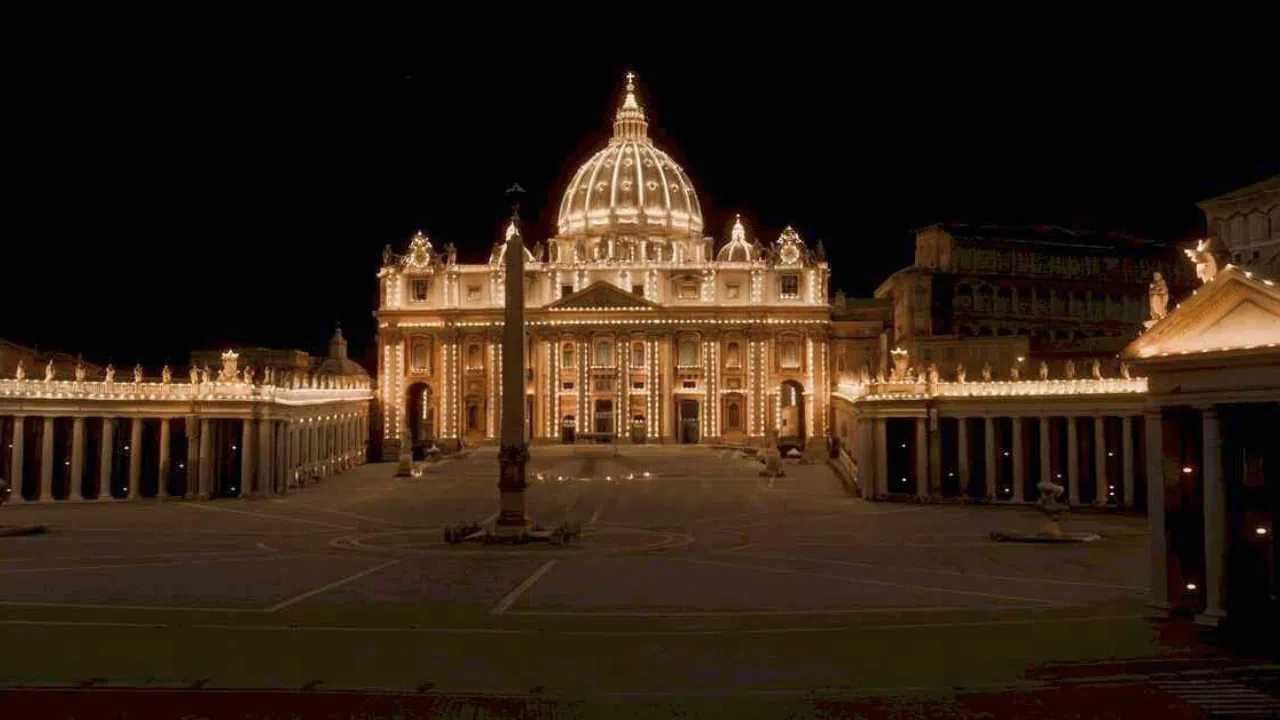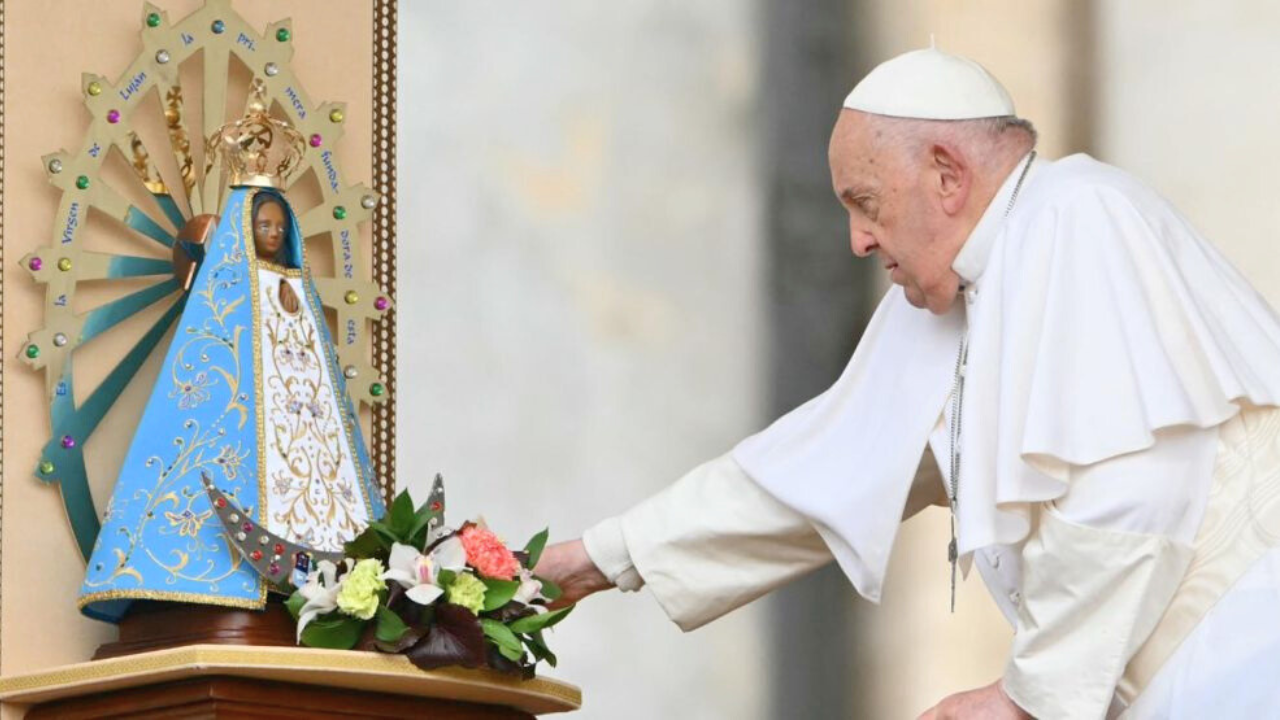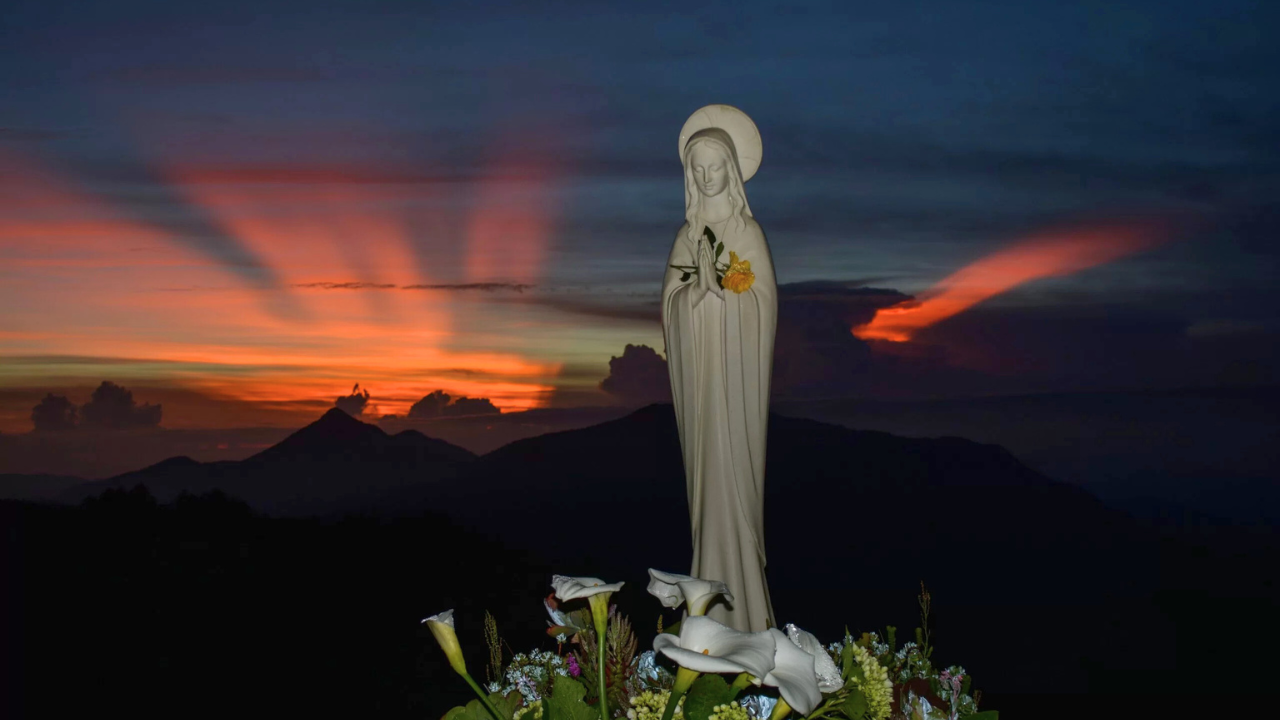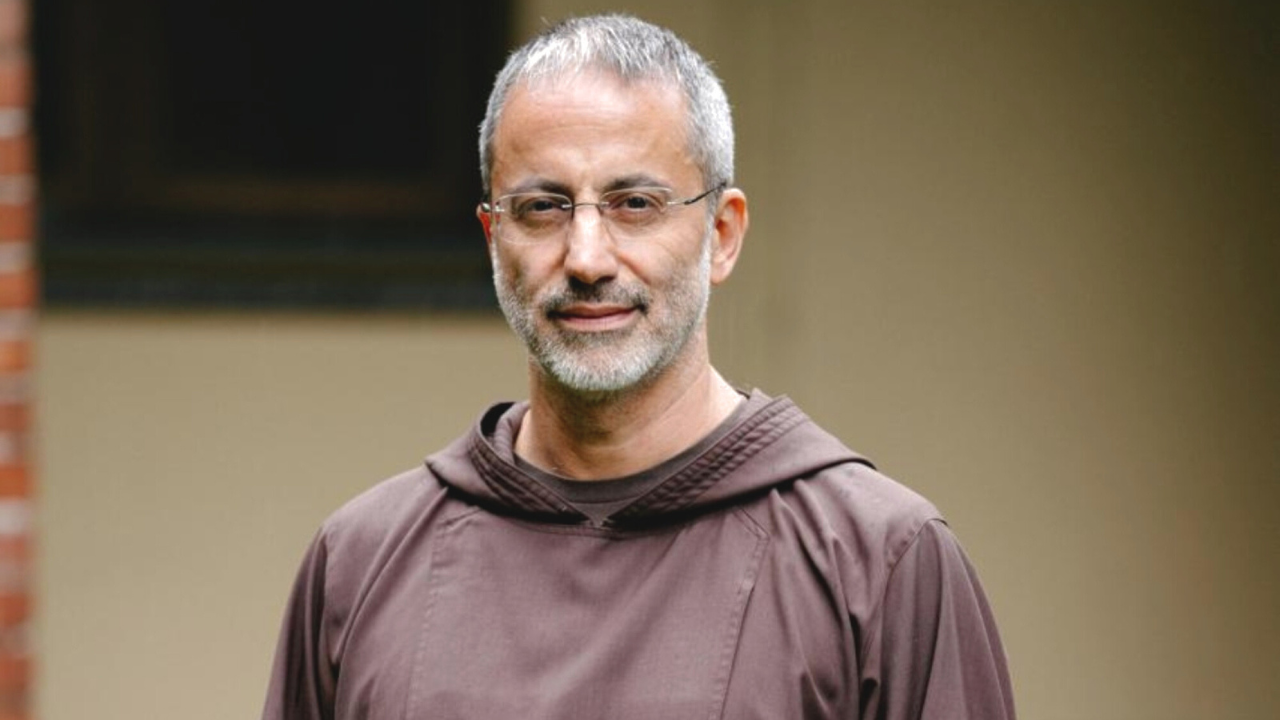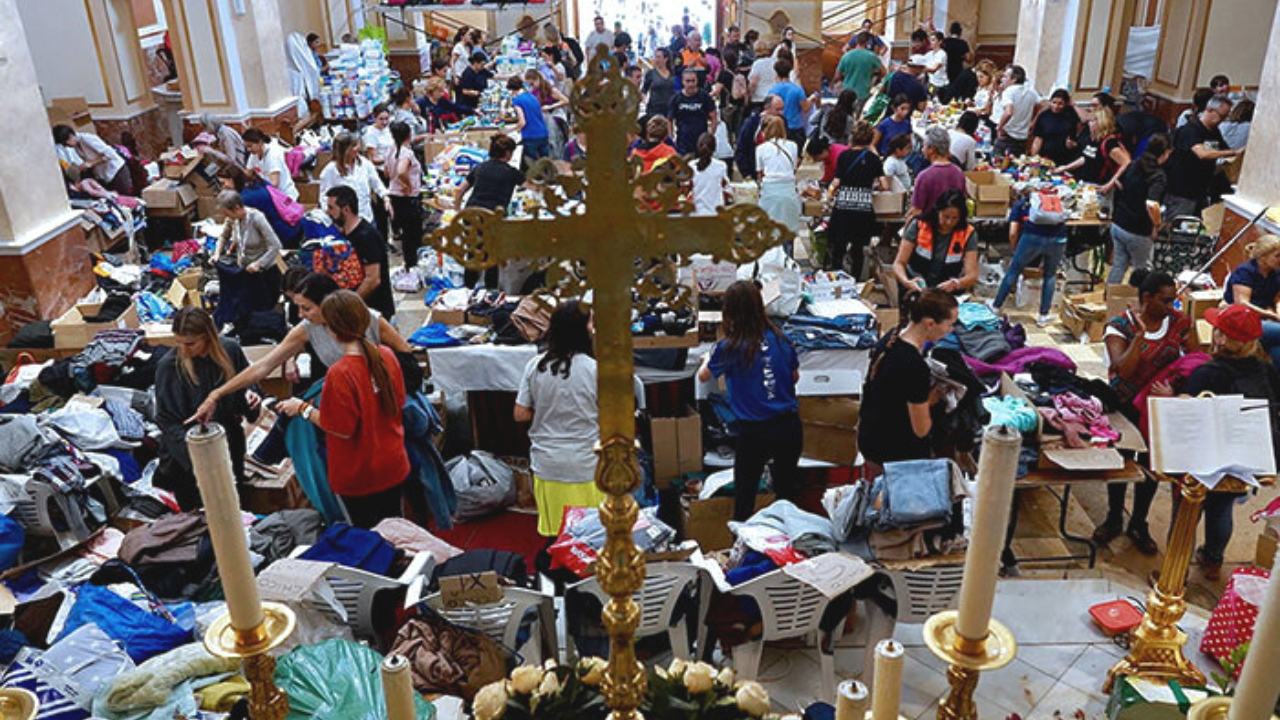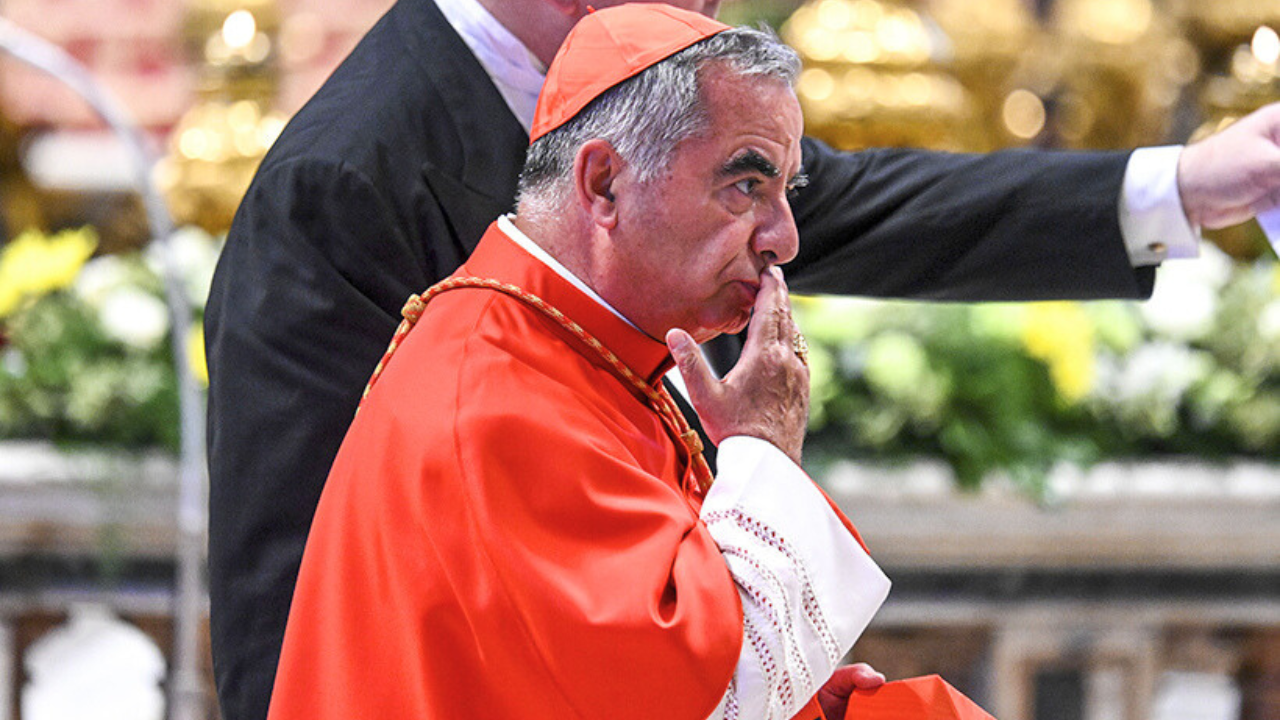The Church went through a dark time in its history, the Inquisition. It started in France to fight the heresy of the Cathars. However, over the years, the Inquisition expanded into Italy, Spain, Portugal and the rest of Europe.
In 1184, Pope Lucius III started the 'Court of the Holy Inquisition and the Holy Office.' Later, in 1542, faced with the threat of Protestantism, Pope Paul III founded the Roman Inquisition that lasted until the middle of the 19th century.
The cardinals, called inquisitors, had the power to judge and condemn, even to death, those who were considered heretics. The evidence of those times is meticulously conserved in the Vatican.
ALEJANDRO CIFRES
Congregation for the Doctrine of the Faith
“The Roman Inquisition was started as a court to suppress religious dissent, heresy, and and therefore, as every court, it is feared” “Examining this file you can see what the Inquisition was from the inside. You see what the court was, you see how it worked. The Inquisition was much more than just a court. It was primarily a place to control ideas and behavior in general.”
In this same building, the heretics were imprisoned 500 years ago. Here astronomer Giordano Bruno was condemned to death, and Galileo Galilei was judged for his heliocentric theory.
ALEJANDRO CIFRES
Congregation for the Doctrine of the Faith
“Here you can see some of the prison cells that were constructed, but these prison cells have not been used for 100 years. In 1925 Pope Pius XI ordered for this part to be demolished and to build what is now the current facade of the building.”
Gestures or drawings about Jesus Christ that were considered rebellious or instigated by the devil against Christianity, were punished and confiscated by the Church.
ALEJANDRO CIFRES
Congregation for the Doctrine of the Faith
“Here we have an example of not only how the Inquisition investigated people, but also how they attempted to censor ideas and even images. Here we see some interesting representations of Christ that, according to popular legend, had been made by the devil.”
In a letter sent to cardinals, St. John Paul II asked for the Church to acknowledge the mistakes made 'by men of the church, in its name,' and encouraged them to repent.
St. John Paul II apologized in 2000 for the Inquisition and opened its archives to the public. This was an initiative that was not only his alone, but also the prefect of the Congregation, Cardinal Joseph Ratzinger.
ALEJANDRO CIFRES
Congregation for the Doctrine of the Faith
“It was Ratzinger, above all, who prompted us to open up. Here he hesitated a lot, he was afraid, 'Who knows what they will find in the archive.' and said, 'Enough, enough arguing, enough hesitation, we have to open up. We do not have to be afraid of the truth.'”
According to the English Hispanist Henry Kamen, it is estimated that more than 40,000 people were executed throughout Europe by the Inquisition.
Now, any person, of any religion or ideology can make a request to consult these historical documents by presenting an academic certificate. Something that would have been considered unthinkable 500 years ago, when the Roman Inquisition started.
